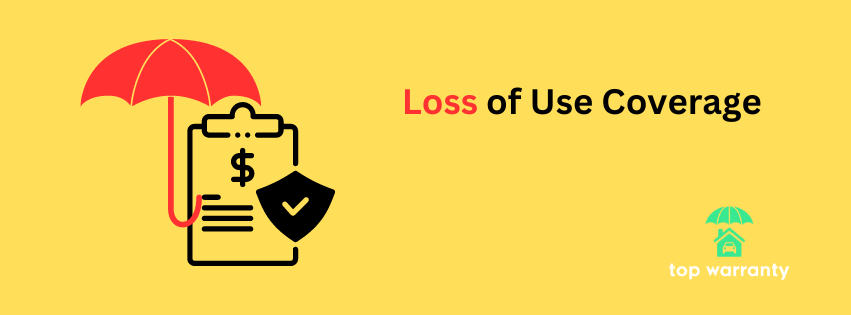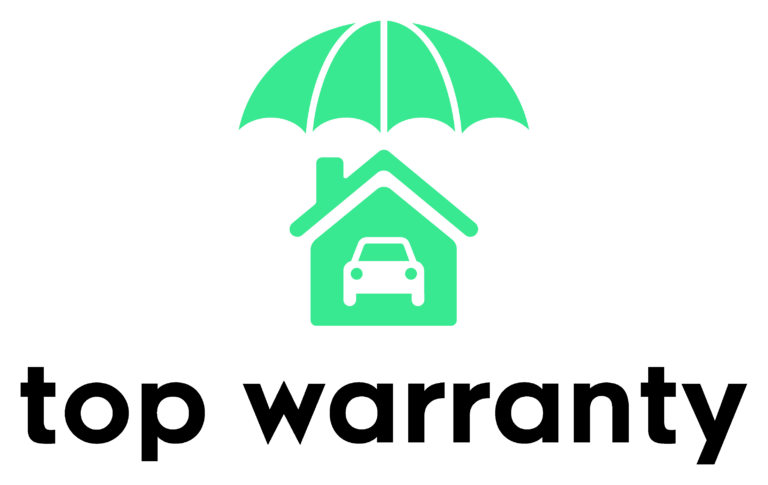
When disaster strikes and your home becomes uninhabitable, loss of use coverage can be a lifesaver. In this blog, we’ll explore what loss of use coverage is, what it covers, and why it’s essential for homeowners.
What is Loss of Use Coverage?
Loss of use coverage, also known as additional living expenses (ALE) coverage or Coverage D, is a component of most homeowners insurance policies. It provides financial protection in the event that your home becomes temporarily uninhabitable due to a covered peril, such as,flood, fire, or natural disaster.
What Does Loss of Use Coverage Cover?
- Temporary Housing Costs: Coverage D reimburses you for the cost of temporary lodging if you’re forced to evacuate your home. This can include hotel stays, short-term rentals, or even a temporary apartment.
- Additional Living Expenses: Beyond housing costs, Coverage D may also cover additional expenses you incur while displaced from your home. This can include food, transportation, storage fees, and pet boarding expenses.
- Comparable Living Standards: Coverage D aims to ensure. That you can maintain a comparable standard of living while displaced from your home. During a challenging time, this ensures that you won’t have to downgrade your accommodations or drastically alter your lifestyle.
Also, Read : Understanding Home Insurance Inspections: Can You Refuse?
Why is Loss of Use Coverage Essential?
- Peace of Mind: Knowing that you have loss of use coverage provides peace of mind in the event of a disaster. You can rest assured knowing that you’ll have a roof over your head and the resources to maintain your lifestyle, even if your home is uninhabitable.
- Financial Protection: It helps mitigate the financial burden of temporary displacement. Without this coverage, you could be left paying out of pocket for temporary lodging and additional living expenses, which can add up quickly.
- Continuity of Daily Life: Disasters disrupt enough of your life as it is. It allows you to maintain some semblance of normalcy by providing the means to continue living your daily life, albeit in temporary accommodations.
Tips for Maximizing Loss of Use Coverage:
- Document Expenses: Keep detailed records of all expenses incurred while displaced from your home, including receipts and invoices. This will make the claims process smoother and ensure that you receive the maximum reimbursement.
- Understand Coverage Limits: Familiarize yourself with the limits and restrictions of your Coverage D. Some policies have caps on certain expenses or time limits for reimbursement. So it’s essential to know what is covered and for how long.
- Communicate with Your Insurer: If you’re unsure about what is covered under your loss of use coverage or have questions about the claims process. Don’t hesitate to reach out to your insurance provider. They can provide guidance and assistance to ensure you receive the benefits you’re entitled to.
Conclusion:
Loss of use coverage is a vital component of homeowners insurance policies. It provides financial protection and peace of mind in the event of a disaster. By understanding what Coverage D covers and how to maximize its benefits. Homeowners can ensure they have the resources they need to weather any storm and rebuild their lives after a disaster.
